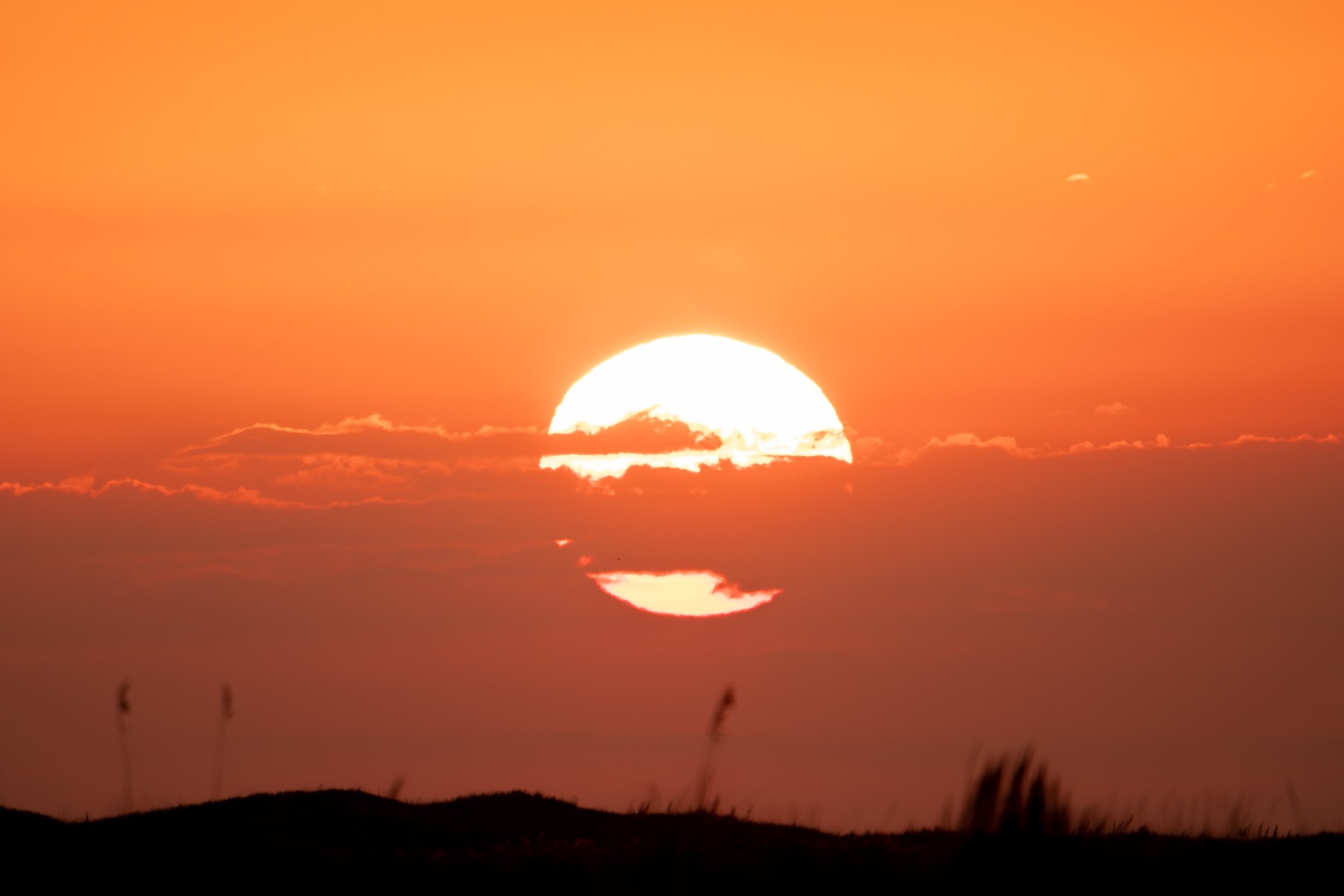
Heavy Rain, Flooding, and Chance of Severe Weather Staring Down the Southern U.S.
January 22, 2024
Posted: August 18, 2022 1:19 am





The Pacific Northwest suffered through a tremendous heat wave that broke all records last summer, and temperatures are still averaging about 10 degrees above normal in the summer of 2022. The heat is expected to increase in Seattle and other metropolitan areas today and on Thursday, August 19, 2022. In areas farther south, the temperature should be even more uncomfortable and even life-threatening.
Portland, Oregon, and surrounding areas have already experienced four days of 100-degree-plus temperatures, and the trend will likely continue. The record for 100-degree days stands at five, which was reached in 1941, 1977 and 2021.
Temperatures have been trending upward across the Pacific Northwest since this past weekend, and AccuWeather meteorologists say that the thermostat will be turned up further for the remainder of the week. As temperatures continue to climb through Thursday, both Seattle and Prortland could easily break record temperatures or even the record for number of 100-degree-plus days.
During the summer of 2021, an unprecedented heat wave struck the Pacific Northwest and caused temperatures to soar more than 30 degrees above normal for this time of year. New information revealed in a recent study expanded meteorologists’ understanding of heat formation in North America.
According to information published at news.uchicago.edu, University of Chicago scientists a hidden factor that affects North American weather. The phenomenon consists of an “anticyclone” that is spawned during the creation of some cyclones. The anticyclone traps heat near the surface of the affected area.
Scientists discovered the existence of anticyclones during the study about last year’s record-breaking heat wave. Global warming almost certainly plays some role in the process, but the proof of concept has been recognized and accepted by the scientific community.
Understanding why heat waves are threatening the Pacific Northwest doesn’t prevent them, but anticipation of record-breaking heat can lead to proactive measures to manage the heat and save lives. Recognizing extreme heat waves can generate counter measures to protect those most vulnerable to the dangerous effects of severe heat.
Heat kills more people each year than any other weather event, and the ever-increasing number of heat waves grows and lasts longer because of climate changes. Older people, pregnant women, infants and young children are the most susceptible to extreme heat. People with other health problems — such as cardiovascular disease, asthma and mobility problems — are also more sensitive to the damaging effects of heat.
Other disorders and treatments can play a role in heat-related illnesses like the following situations:
Doctors define heat illnesses in three stages: mild illness, heat exhaustion and heat stroke. The mildest stage of illness produces heat cramps, which can happen in extreme heat or from unusual bursts of physical activity. The symptoms of heat exhaustion include muscle cramps, headaches, fast heartbeat, confusion, thirst, nausea or vomiting and heavy sweating.
Heat stroke can be fatal, and the symptoms include all those of heat exhaustion plus seizures, loss of consciousness, irrational behavior and an extremely high body temperature.
Dealing with heat varies based on the person’s resistance to heat, whether a person is one of the people at-risk of heat illnesses and the availability of places in your community to get cool. These generally include community centers, local swimming pools, libraries and shopping malls. Methods of reducing the effects of heat include:
The simplest ways of staying cool include avoiding direct sunlight, keeping hydrated, staying indoors, wrapping a damp towel around your neck and sitting in front of an AC unit or fan. You might spritz yourself with water for the cooling effect or take a cool bath or shower.
Wednesday generated record highs in Portland and Seattle of 105 degrees and 96 degrees respectively. Whether caused by an anticyclone trapping heat near the ground’s surface, global warming or a simple heat front, the dangers are predicted to continue for several days.
Heat waves are scientifically defined as three days of heat above the 99th percentile, which is easily determined when high temperatures set records. The Pacific Northwest is subject to daytime heat caused by downslope warming of the Cascade Mountains. The overwhelming evidence of heat events suggests that the Pacific Northwest can expect more summer heat waves and record-setting temperatures over the next decade.

The 2021 heat wave was certainly one for the record-books. Temperature records fell in many cities because of the historic and dangerous heat wave. Excessive heat warnings were issued by the National Weather Service, and Seattle reached an astonishing 120-degrees Fahrenheit on June 25, 2021.
Although the heat wave isn’t expected to be so severe this year, the dangers can be just as great to those without air conditioning or resources to cool down. Ideally, you should check on elderly or disabled persons in your neighborhood. Knowing the symptoms of heat exhaustion and heat stroke can help you make informed “welfare checks.”
Did you find this content useful? Feel free to bookmark or to post to your timeline for reference later.

January 21, 2024

January 19, 2024

January 18, 2024